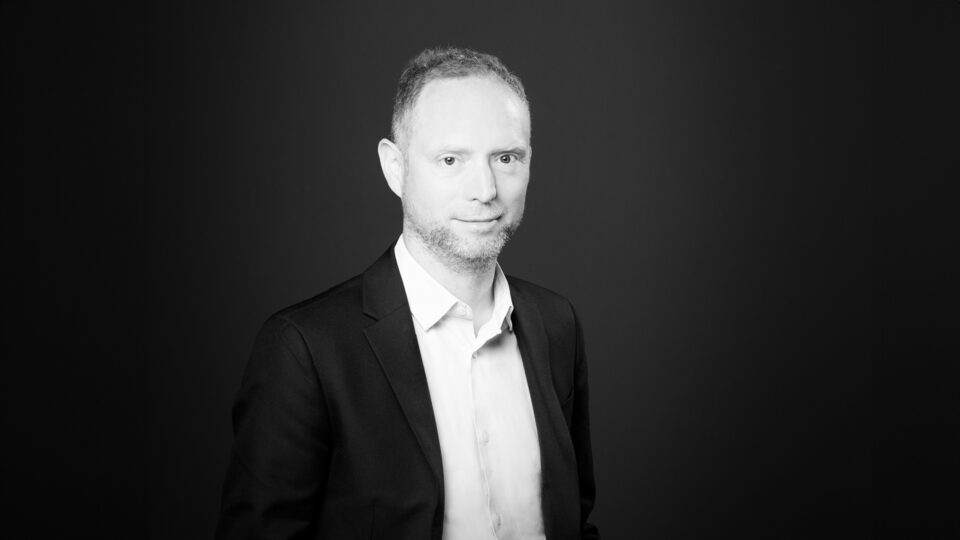In Conversation with Thomas Arbez – INA
WP_Term Object
(
[term_id] => 63
[name] => Interview
[slug] => interview
[term_group] => 0
[term_taxonomy_id] => 63
[taxonomy] => news_category
[description] =>
[parent] => 0
[count] => 29
[filter] => raw
[term_order] => 0
)
Interview
WP_Term Object
(
[term_id] => 197
[name] => SSD25
[slug] => ssd25
[term_group] => 0
[term_taxonomy_id] => 197
[taxonomy] => news_category
[description] =>
[parent] => 0
[count] => 10
[filter] => raw
[term_order] => 0
)
SSD25
🎤 In Conversation with Thomas Arbez - INA
Enjoy a series of interviews with the people who support us every year. Today, Thomas Arbez, Head of Creative Department - INA, shared his thoughts with us.

Thomas Arbez, Head of Creative Department - INA
Sunny Side of the Doc is a strategic hub for international meetings and initiatives. As a long-time partner, what are your expectations for this year’s edition?
Sunny Side offers INA a key opportunity to reaffirm its role as a major player and partner in documentary creation. As a producer, co-producer and broadcaster, we use this event to strengthen ties with the industry, share the projects we support, and promote our evolving support mechanisms — including a reimagined co-production policy designed to meet new content consumption habits.
At Sunny Side of the Doc, openness to new forms of storytelling will be at the heart of the 36th edition. What new directions is your group currently exploring in documentary storytelling?
For several years, INA has been strongly invested in digital creation, notably through digital series such as La grande explication, produced for France Télévisions for the past eight years. This openness to new storytelling forms also includes the co-production of Tourbillons with Seiya Productions, released on L’Équipe Explore.
In 2024, we launched the INA Label: an initiative to support innovative, singular, and exploratory projects from the early development stage — in both narrative and archival use. Each year, five projects will be selected for enhanced support. This label reflects our strong commitment to encouraging the emergence of new forms of documentary writing.
INA is an integral part of the Archives Village, which brings together more than 18 dedicated organizations this year — a record. This programming partly focuses on you. What are your expectations for this space? And why is this spotlight so important for keeping archives alive in an international market like Sunny Side?
The Archives Village is an opportunity for INA to showcase the scale and continuous growth of its collections, including new acquisitions such as Brut. and the Mireille Dumas catalog. It’s also a space to share our newly redesigned rights policy, completely overhauled in 2025. One key feature is per-second billing, offering producers more flexibility in using our archival materials.
Artificial intelligence is playing an increasingly important role in the documentary industry and will be central to the discussions at this year’s event. How do you view its place in documentary storytelling today?
For INA, the main goal of AI is to improve the discoverability of its 30 million hours of archives. Transcription, automatic description, and semantic search now provide unprecedented access to content by multiplying points of entry and enabling refined, diverse exploration. AI also enhances the quality and usability of certain collections through restoration, super-resolution, or colorization. These technologies raise ethical and legal questions, and INA is fully engaged in addressing those challenges.
What kinds of projects or international collaborations are you looking to foster this year at Sunny Side of the Doc?
As a lead producer, INA supports ambitious projects with strong international potential. This year, November 13th: Stories, a Choir of Voices, produced for France Télévisions and presented at the History Pitch by our producer Valérie Abita, exemplifies this approach. INA is also actively involved in preserving and promoting rare, fragile, or little-known heritage collections — such as archives from Cuba or Afghanistan — which are valuable resources for documentary creators, especially in the context of events like the upcoming France-Brazil season.